
Do you have a question about the Kenwood NEXEDGE NX-800 series and is the answer not in the manual?
| Brand | Kenwood |
|---|---|
| Model | NEXEDGE NX-800 series |
| Category | Transceiver |
| Language | English |
Legal and operational advisories for transceiver use.
Essential safety information regarding electrical, RF, and hazardous environments.
FCC warnings, Part 15 compliance, and interference mitigation.
Guidance on safe operating, vehicle power, and secure mounting.
Lists all items included in the transceiver package with part numbers.
Lists the necessary tools for installing the transceiver.
Step-by-step instructions for connecting the DC power cable.
Step-by-step guide for physically installing the transceiver and microphone.
Identifies and describes buttons, switches, and the LED on the front panel.
Explains the meaning of various icons shown on the transceiver's display.
Identifies the connectors and jacks on the rear of the transceiver.
Introduces the table of available programmable functions for Analog and NXDN modes.
Instructions for turning the transceiver on/off, including password protection.
How to adjust the audio volume level using dedicated keys.
Steps to navigate and select zones and channels/group IDs.
Steps for initiating a transmission, including PTT usage and microphone technique.
Procedures for making group and individual calls in digital mode.
How to receive group calls on conventional and trunking channels.
How to receive individual calls and respond.
Steps to navigate and access functions within the transceiver's menu system.
Explains key programming and lists available menu items.
Describes two methods for entering characters: using keys or a microphone keypad.
How to start, stop, and manage the scanning function on the transceiver.
How to temporarily remove channels from the scanning sequence.
Explanation of how priority channels function during scanning.
Explains different channels the transceiver reverts to after transmitting during a scan.
How to add or remove channels/group IDs from the scan list.
How to manually set or reprogram priority channel modes.
Explains FleetSync as a paging protocol and its communication compatibility.
Steps for initiating and receiving voice calls to specific stations or groups.
Explains the structure of Fleet and ID numbers for calls.
Procedure for sending status messages.
How status messages are received, indicated, and accessed in memory.
Information on text messaging and transmitting GPS location data.
Instructions for making DTMF calls using manual dialing or keypad auto PTT.
How to use the Autodial feature to call programmed DTMF numbers.
Explains the purpose and operation of the stun code feature.
Procedures for initiating and receiving telephone calls via manual dialing or autodial list.
How to activate and use the emergency call function.
How to enable and use the scrambler function for encrypted transmissions.
Explains QT/DQT signaling for call filtering and privacy.
How to select and set QT/DQT tones or codes for channels.
Explains the RAN signaling system for digital communications.
Overview of 2-tone, DTMF, FleetSync, and NXDN ID signaling options.
Describes the built-in clock and how to set and view the time.
How to cycle through and adjust the LCD backlight brightness levels.
How to use the Horn Alert for external notifications of received calls.
Instructions for using the Public Address system with an external speaker.
Explains the TOT function to limit continuous transmission time.
How the signal strength indicator displays received signal levels.
Explains the compander feature for improved audio clarity on FM channels.
How BCL prevents transmission on busy channels and BCL Override.
Describes the process of searching for a control channel in digital trunking.
How the transceiver sends an ID code with PTT presses or releases.
Details on Auto Recording and Voice Memo features.
How to set up automatic responses to individual calls.
How to play back recorded conversations, memos, and auto-reply messages.
Explains how audio voice announcements function for zones, channels, and settings.
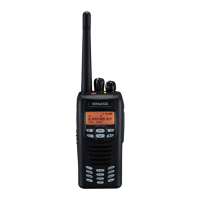

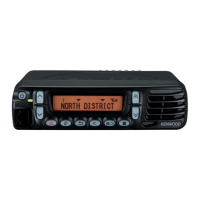
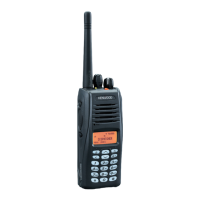

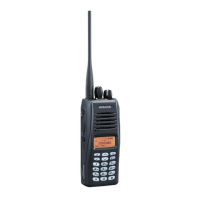
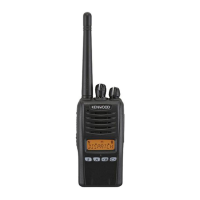


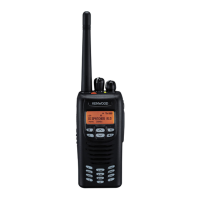
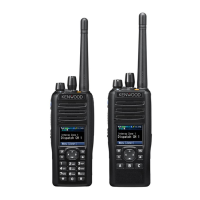
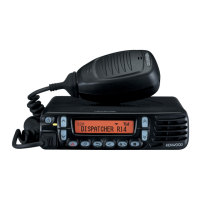
